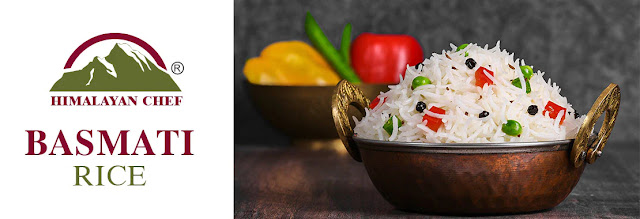Unveiling the Parboiled Basmati Rice Prices in the USA
Exploring Parboiled Basmati Rice Price Trends in the United States
In culinary grains, the enigma of parboiled basmati rice pricing in the United States unfurls with a complex tapestry of factors. This article embarks on a journey through the intricate landscape of parboiled basmati rice price trends in the USA. In this realm, multifaceted elements converge to shape the economic dynamics of this revered grain.
The Enigmatic Parboiled Basmati Rice
The Essence of Parboiled Basmati
Before delving into the labyrinthine pricing world, revisiting the essence of parboiled basmati rice is imperative. This exceptional grain undergoes a meticulous processing procedure that involves partial boiling while ensconced within its husk. This alchemical process bestows the rice a beguiling nutty flavor and augments its nutritional quotient. The lengthy and elegant grains stand as sentinels of taste, separate and resplendent in myriad culinary creations.
Influential Quotients Shaping Prices
Numerous subtleties and variables conspire to determine the prices of parboiled basmati rice in the United States:
Qualitative Pantheon and Brand PrestigeThe qualitative zenith and the hallowed aura of a brand reverberate profoundly in the price spectrum. Well-established, venerated brands often command a premium due to their unwavering commitment to quality. They are renowned for their propensity to proffer elongated grains, pristine and less susceptible to fragmentation.
- Packaging Prowess
Packaging plays an understated role in the economic stratagem. The gamut extends from utilitarian sacks to hermetic, premium receptacles. While the ornate packaging might seem ancillary, it encapsulates longevity and jealously guards the grain's quality, albeit at a fiscal premium.
- The Grandeur of Grain Length
The length of the rice grains, a visual spectacle, plays an influential role. The elongated grains' veritable quality epitomes tend to command a weightier price tag, bespeaking their prowess in culinary symphonies.
- Homage to the Origin
The geographical cradle from whence the rice hails can significantly sway its price trajectory. Indian and Pakistani basmati rice, nestled in a legacy of excellence, often navigates the market with competitive pricing, facilitated by their proximity to the United States. Conversely, rarer strains such as Himalayan or Thai basmati rice proffer distinct characteristics that may impact their pricing distinctively.
- Volumetric Considerations
The quantity in which parboiled basmati rice is procured significantly influences unit prices. Acquiring the grain in bulk typically begets economic advantages vis-à-vis smaller amounts.
Illuminating Price Trends
As of my last illumination in September 2021, the labyrinth of parboiled basmati rice prices in the United States unfurled a spectrum spanning approximately $2 to $6 per pound for distinguished, eminent brands. Smaller, specialized brands and organic variants often graced the market with loftier price points, manifesting their devotion to purity and premium quality.
Navigating the Matrix
In the intricate matrix of parboiled basmati rice prices, what holds paramount is the discernment of quality against the canvas of cost. While thrifty alternatives are extant, the discerning foodie might discern valor in entrusting their culinary odyssey to brands that have etched their laurels with a commitment to excellence. As epicurean artisans, whether conjuring elaborate Indian feasts or embarking on international culinary sojourns, the rice's quality resonates as the harbinger of culinary transcendence.
Remember that the true worth extends beyond the numeric veneer in traversing this enigmatic price tapestry. It lies in the palatable symphony and epicurean gratification woven into every grain.




Comments
Post a Comment